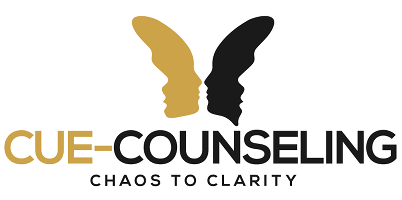🧠 What Are Limiting Beliefs?
Limiting beliefs are deeply rooted thoughts that distort how we view ourselves and the world. They often form in childhood, shaped by early relationships, experiences, and cultural messages. Over time, they become mental filters that restrict our potential, lower self-esteem, and fuel chronic self-doubt.
These beliefs function like faulty software running in the background—automatically influencing our emotions, decisions, and behavior.
💭 Common Examples of Limiting Beliefs:
-
“I’m not good enough.”
-
“I don’t deserve love.”
-
“I always fail.”
-
“No one truly understands me.”
-
“I’m not worthy of success.”
🔍 Why Do We Hold Onto Limiting Beliefs?
Beliefs formed early in life feel like absolute truths because they become part of our identity. The brain naturally filters out contradictory evidence and clings to familiar narratives—especially those that were reinforced by caregivers or traumatic experiences.
Even when we know intellectually that a belief isn’t true, it can still feel real. That’s why healing limiting beliefs requires emotional exploration, not just logical reasoning.
🔄 How to Heal Limiting Beliefs: Step-by-Step Process
Inspired by the work of psychologist Tara Brach, this inner inquiry process helps you identify, question, and release limiting beliefs through self-awareness and compassion.
1. What Am I Believing Right Now?
Start by identifying the belief behind your emotional pain.
Ask yourself:
-
What negative thought is driving my current feelings?
-
Do I believe I’m falling short, unworthy, or broken?
-
What is the core belief beneath this emotional response?
2. Is This Belief Actually True?
Challenge the belief with objective evidence.
-
Would this belief hold up if I presented the facts to someone else?
-
Am I ignoring positive feedback and focusing only on criticism?
-
What moments contradict this belief?
This helps you begin separating emotional perception from reality.
3. How Does This Belief Affect Me?
Explore the emotional and practical cost of holding the belief.
-
How does it impact my self-esteem or relationships?
-
What opportunities have I avoided because of this belief?
-
What emotions does it create—shame, guilt, sadness?
Acknowledging this impact creates motivation for change.
4. What Does the Vulnerable Part of Me Need?
Turn inward with compassion and ask:
-
What does the hurting part of me need right now?
-
Does it need comfort, validation, freedom, or rest?
-
Can I offer myself the same kindness I would offer a friend?
This step fosters self-compassion, which is key to healing.
5. Who Would I Be Without This Belief?
Imagine your life without the limiting belief.
-
Would I feel more confident, open, or at peace?
-
Would I pursue new goals or allow myself to feel joy?
-
How would I show up differently in the world?
Visualizing freedom from the belief opens the door to transformation.
🌱 Long-Term Healing: Replacing Limiting Beliefs with Empowering Ones
Healing limiting beliefs isn’t a one-time fix—it’s a lifelong practice of self-awareness and emotional growth. You may revisit the same beliefs multiple times, and that’s okay. Each round deepens your understanding and builds resilience.
Tips for Ongoing Growth:
-
Practice daily mindfulness or journaling to track beliefs as they arise.
-
Use positive affirmations rooted in truth, not fantasy.
-
Seek therapy or coaching to explore deeper belief patterns.
-
Proactively challenge beliefs—even before they cause distress.
🧘 Final Thoughts: Understanding Before Transformation
The goal isn’t to control or eliminate every negative thought. It’s to understand your inner world, feel your emotions fully, and create space for more truthful, empowering beliefs to grow.
When you release the grip of limiting beliefs, you don’t just feel better—you become who you were always meant to be.
